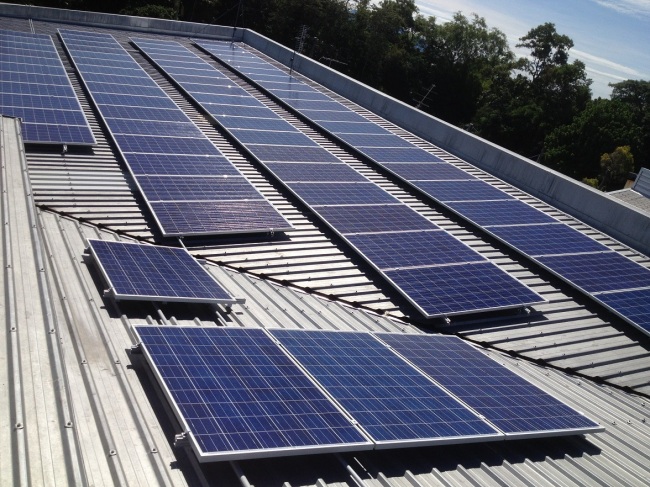During summer some of our solar customers have been caught out with an unexpected bill due to heavy usage of air conditioners, clothes dryers and pool pumps at the wrong time of the day, with the huge rise in electricity prices on July 1st we thought it would be a timely reminder on how to best use your solar system. Owners with solar systems need to remember when is the best time to use equipment to maximise their system.
Customers with 44 cent feed in tariff
If you have the 44 cent feed in tariff, your goal is to use as much power as you can at night, and move as many items as possible to tariff 33. This way you can export as much solar as possible to build up credit in your power bill to offset night time usage. For example our smartest customers use dish washers, washing machines and cooking appliances at night or early morning and have their pool pumps, air conditioners and hot water systems connected to tariff 33. Remember, solar is only connected to tariff 11 and appliances connected to tariff 33 will not affect the solar export.
When investigating customers with high power bills we are finding as the main causes:
- Customers using their dishwasher, dryer and washing machines in the middle of the day and using up solar power and not exporting anything.
- We are also finding customers still running their pool pumps on tariff 11 and during daylight hours.
- The majority of air conditioners are still not connected to tariff 33. Additionally, there is higher than normal usage during the day and night.
- Customers with Solar Hot Water systems with the booster switch left on.
- Halogen down lights still being used throughout the house.
Customers with 8 cent feed in tariff
Customers with solar connected to the 8 cent feed in tariff need to almost have the complete opposite strategy to customers with the 44 cent feed in tariff. In fact, the goal is to not export any solar at all, and to use all solar power produced, saving your house 30 cents a kWH. With solar storage now available, exported solar is much better value being exported to your storage for your house to use at night. This will save 30 cents a kWH and is better value then to being paid an 8 cent feed in tariff.
When investigating customers with high power bills we are finding as main causes:
- Customers have been getting poor advice from friends who have a 44 cent feed in tariff. This has led to the incorrect assumption that they should be running their appliances (dish washers, washing machines, dryers) at night and not during the day.
- Customers not putting their pool pump on to tariff 11 and running the pump at night instead of during the day.
- Excessive use of air conditioners at night.
- Halogen down lights still being used throughout the house.
If you need any help with any of this please give us a call. Ph: 1300 HORANBIRD





